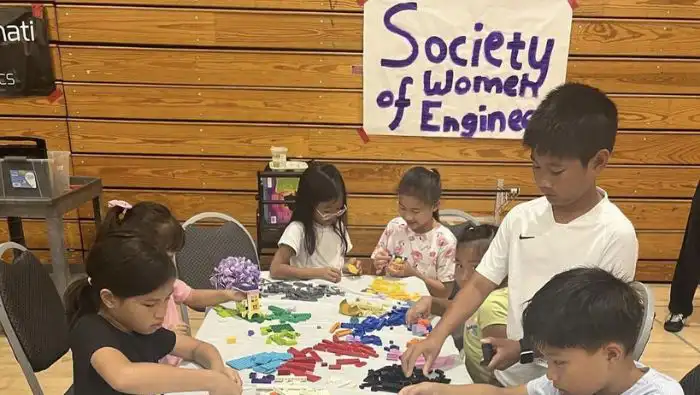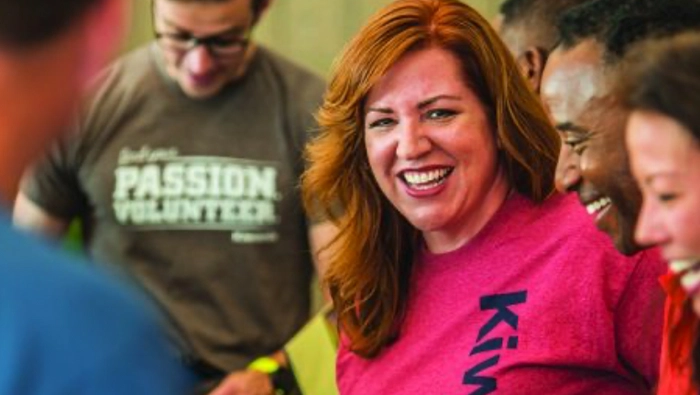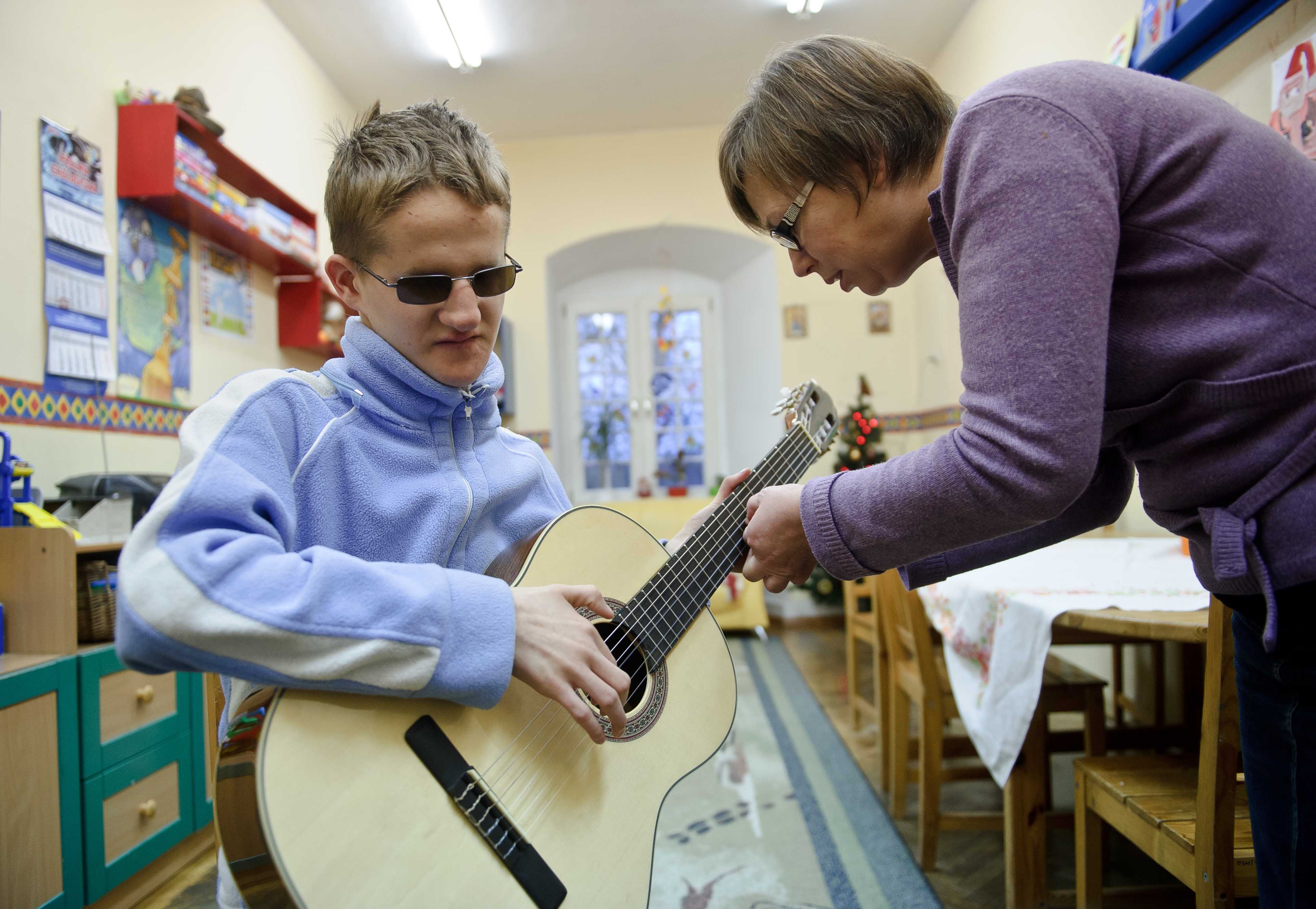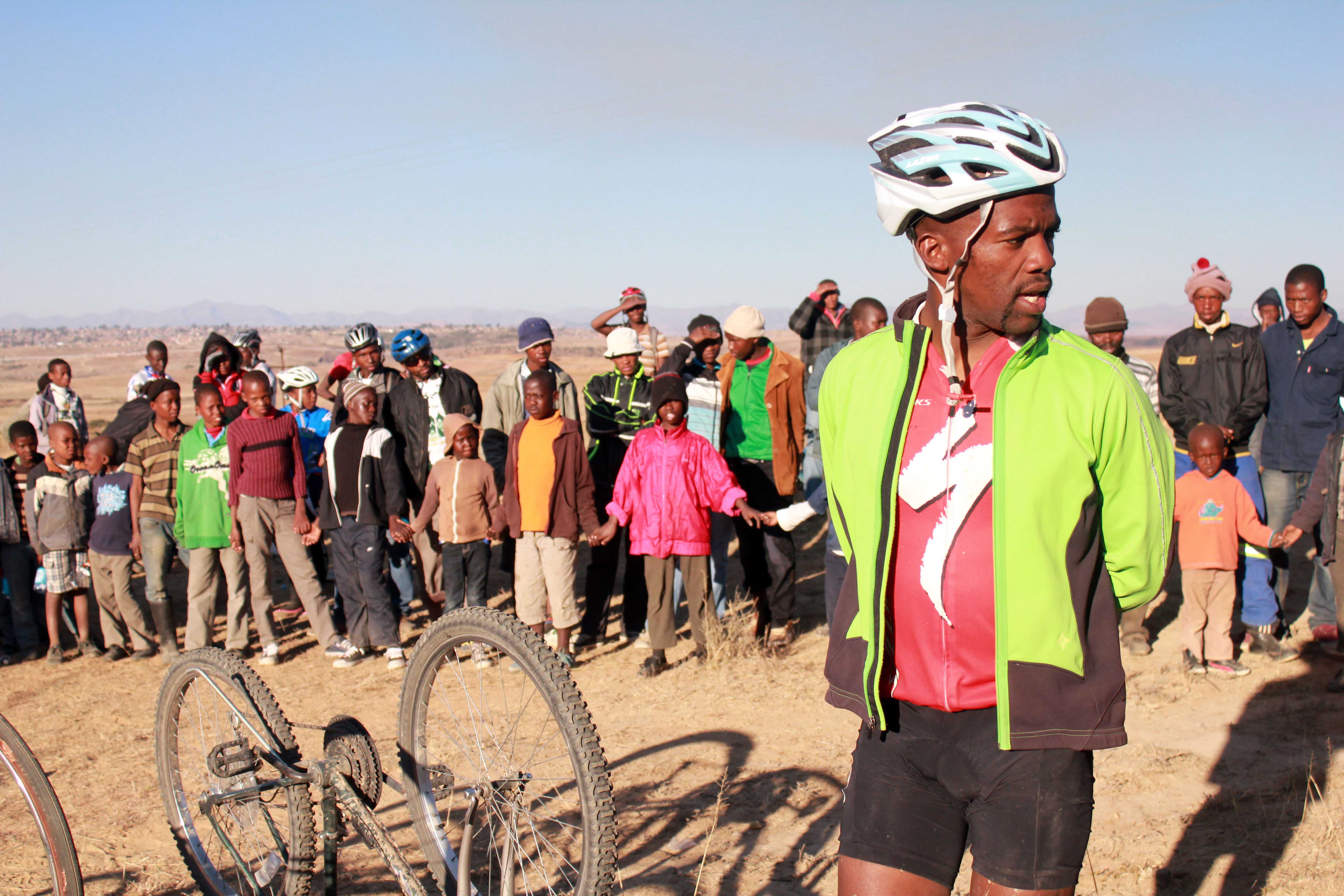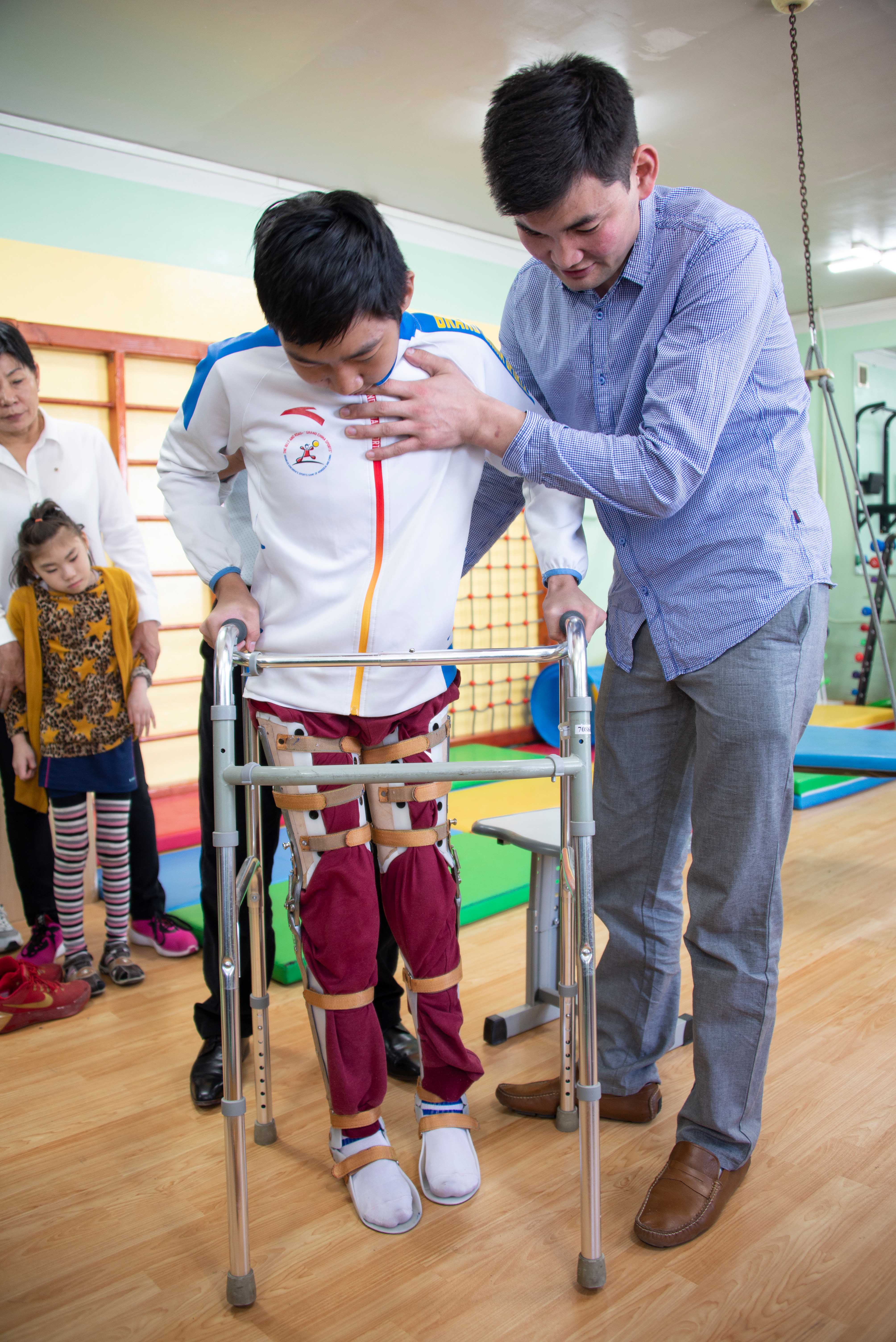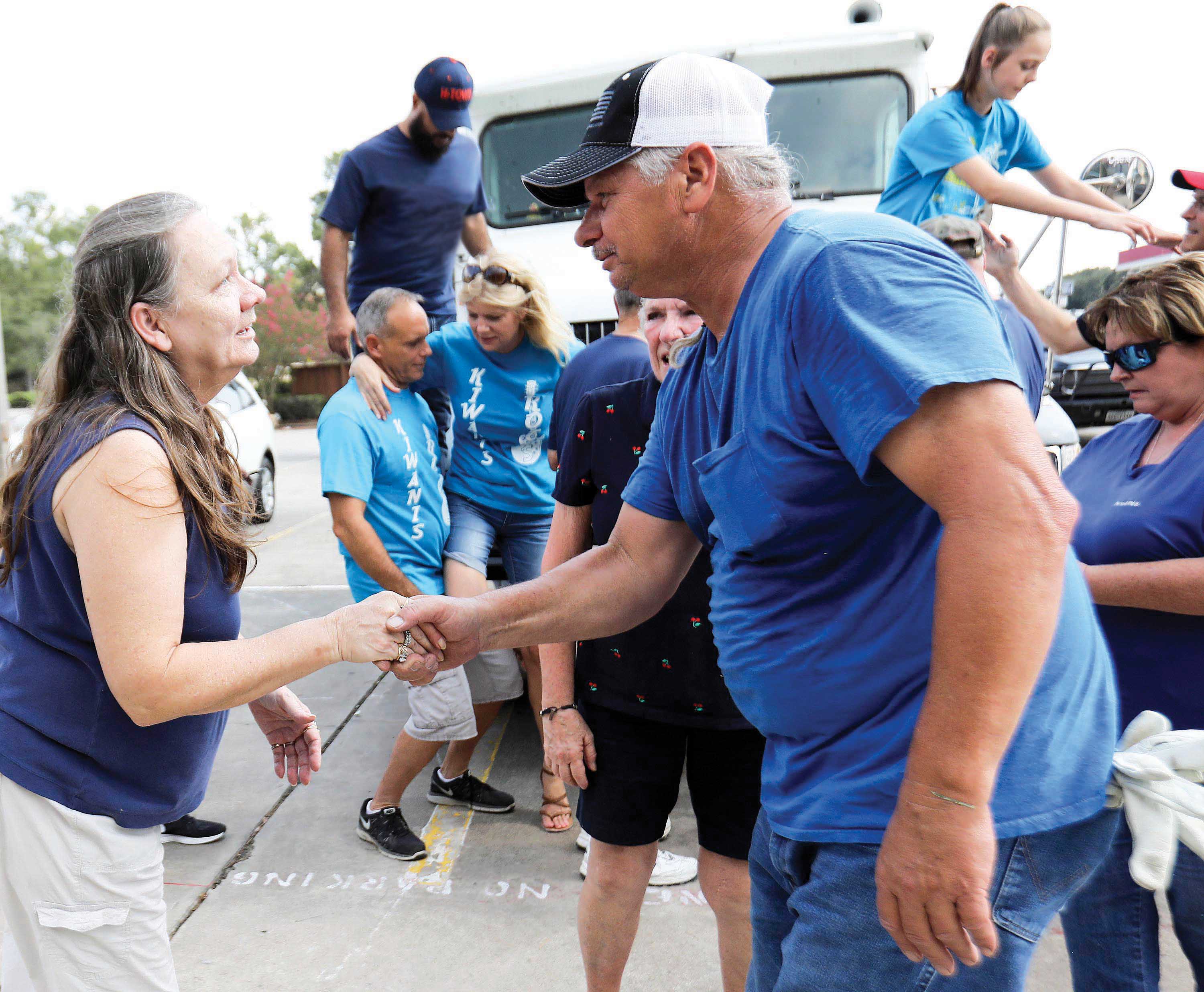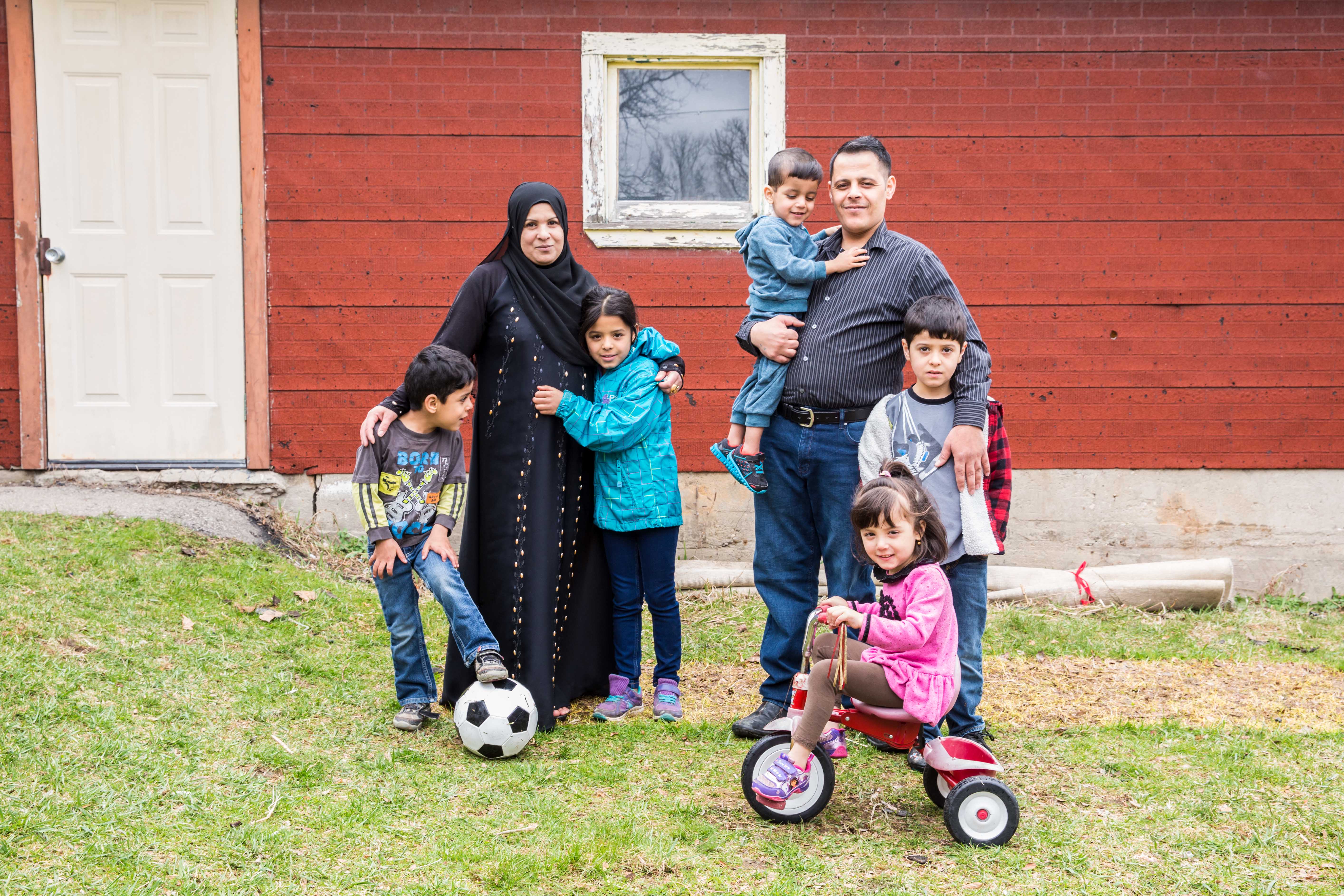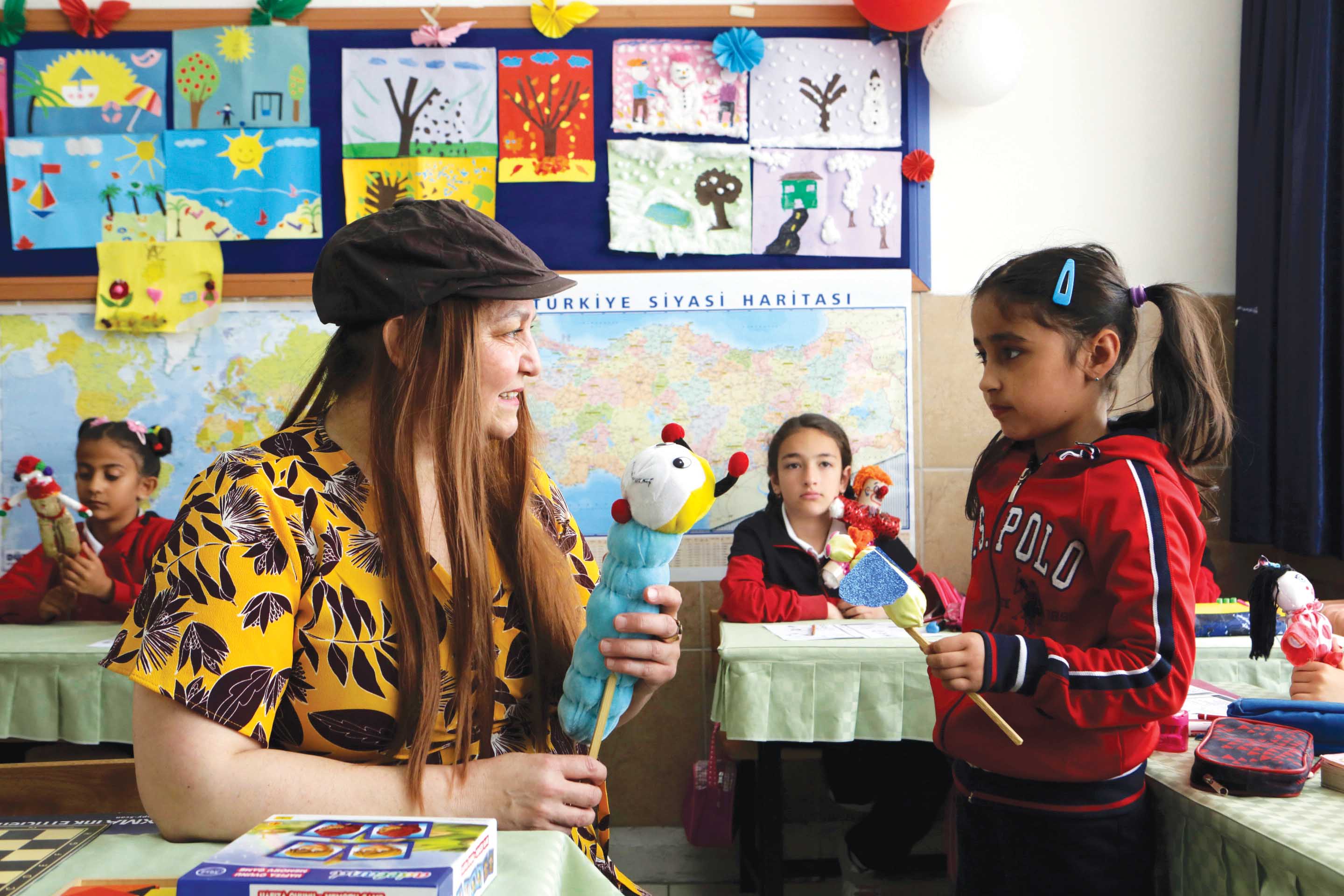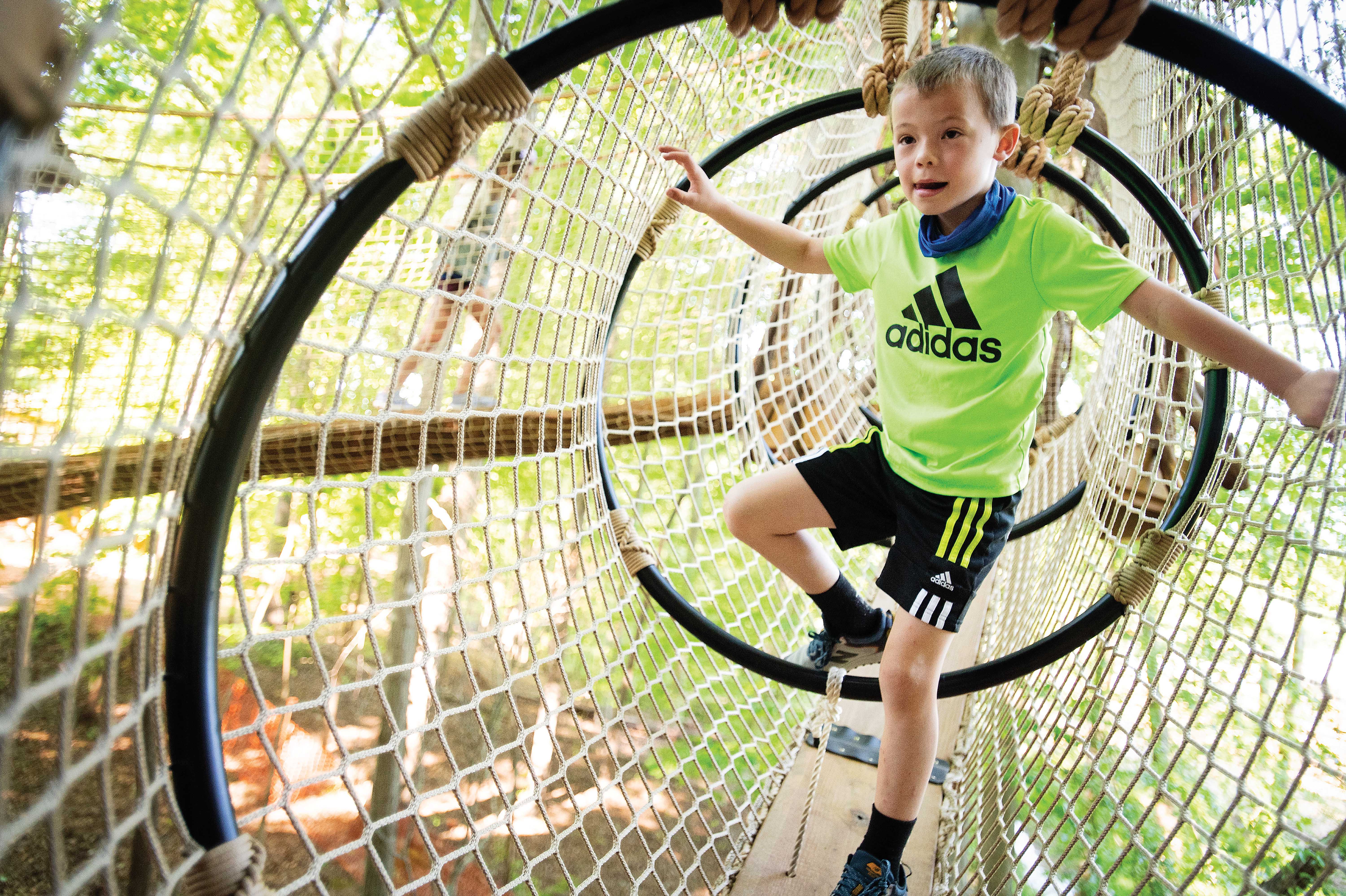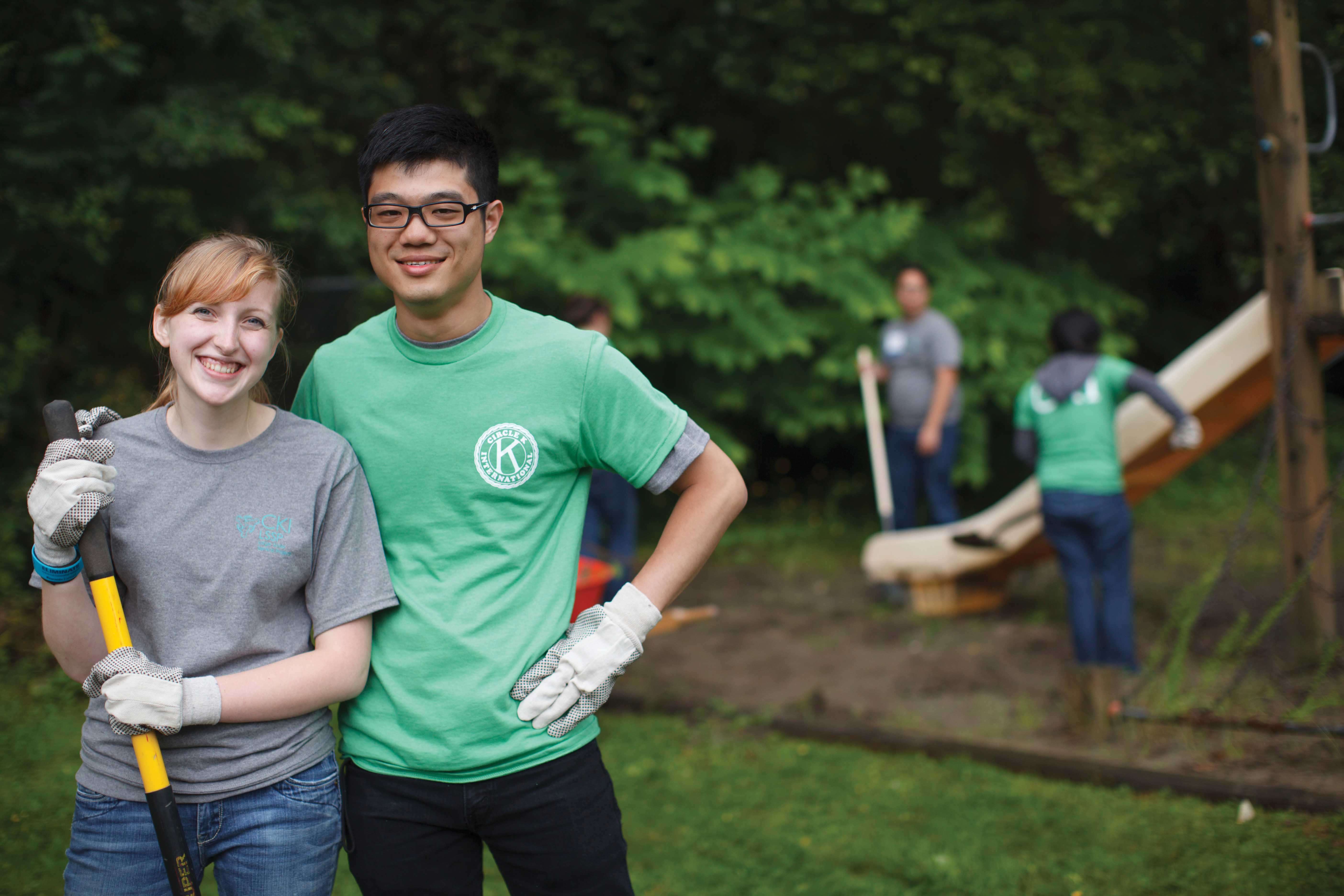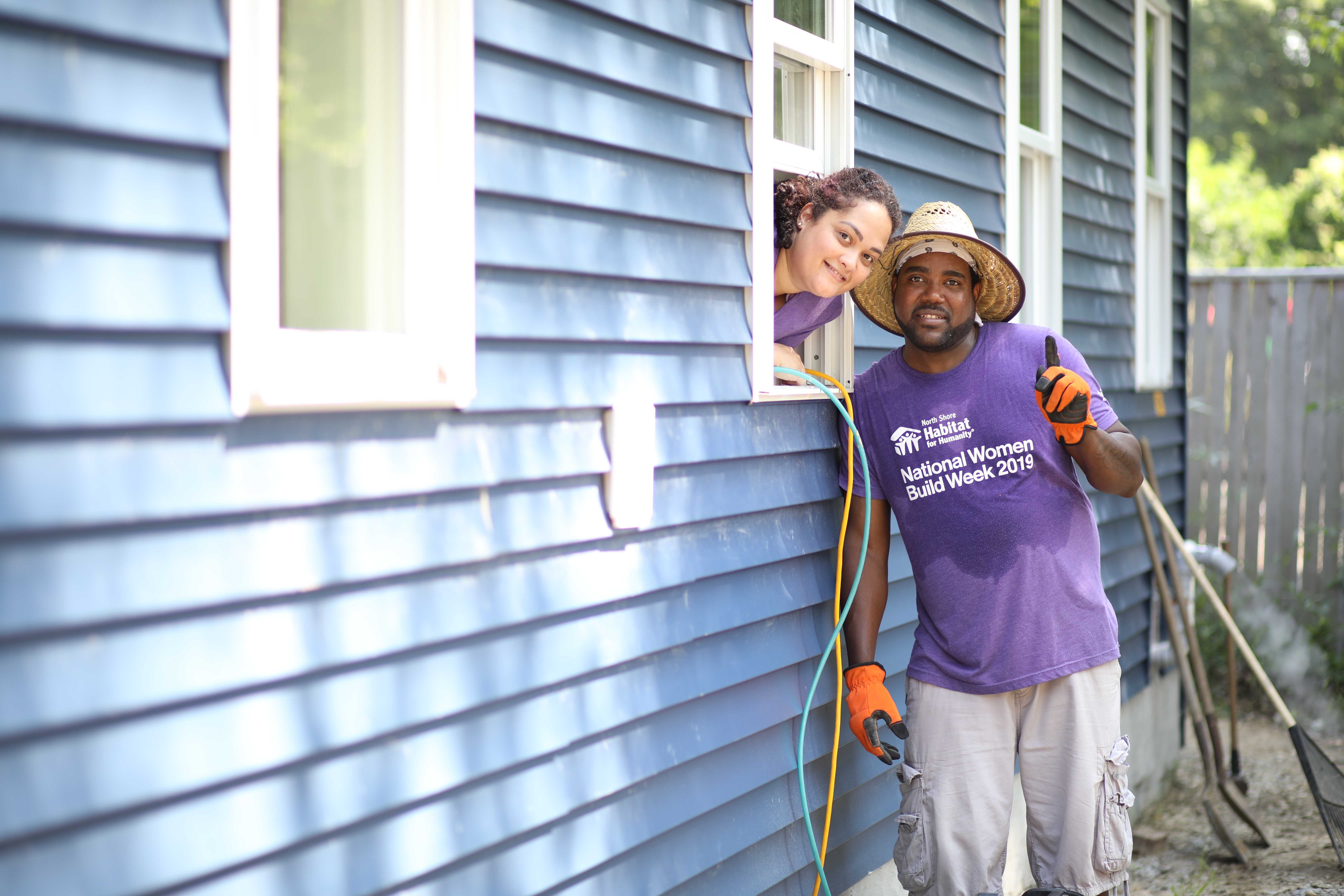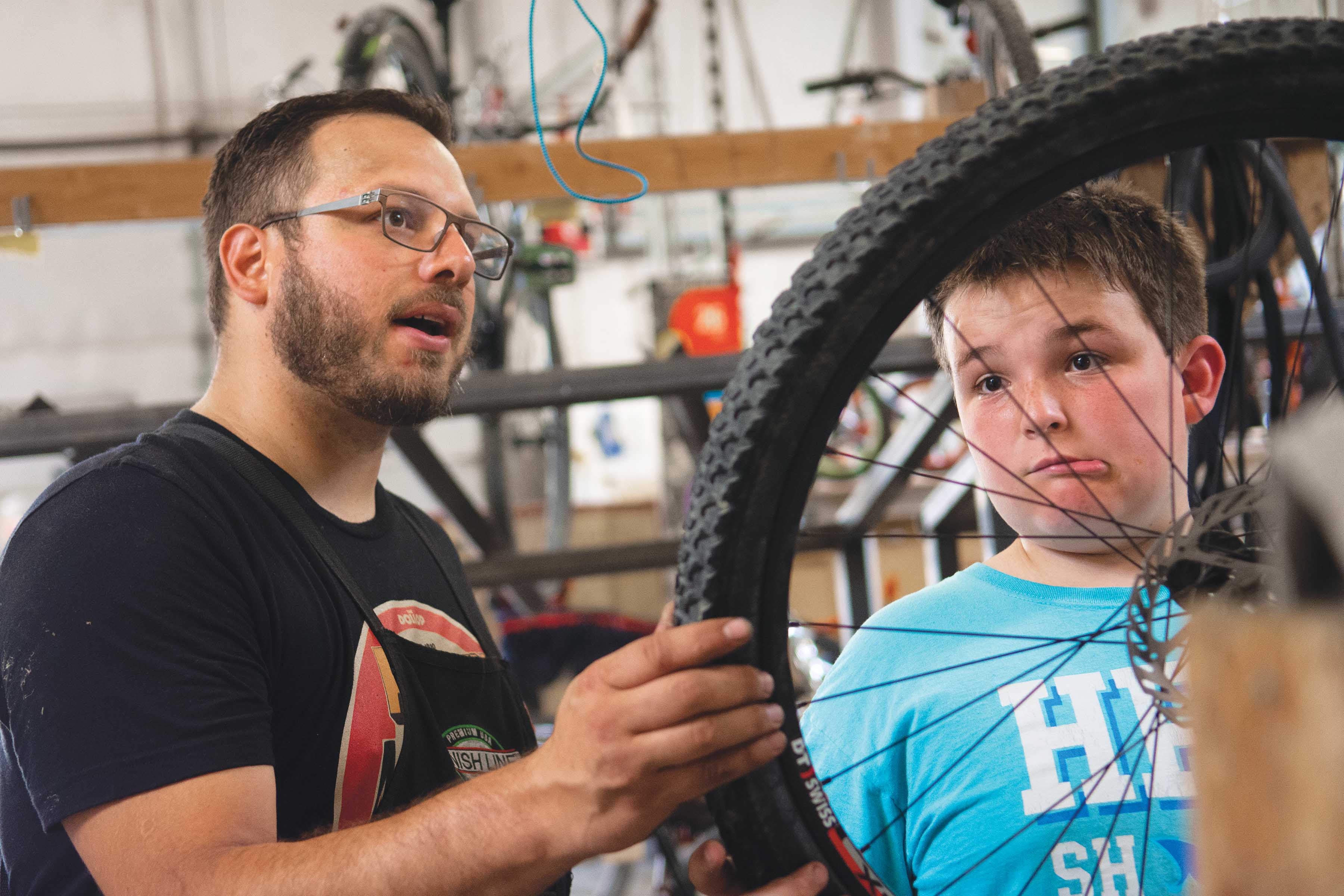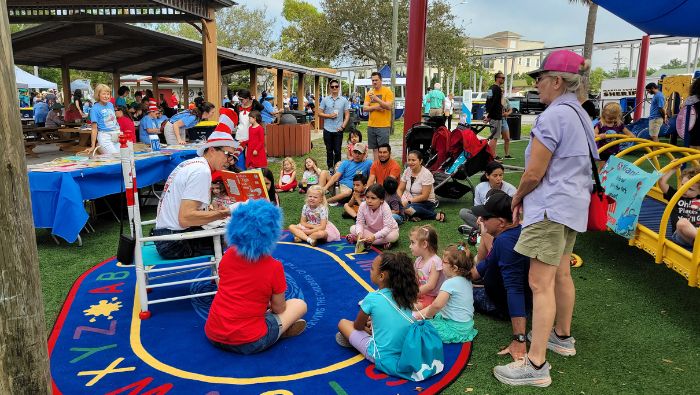
2024 Signature Project Contest Group II finalists announced
A record-breaking number of clubs submitted entries in the 2024 Kiwanis Signature Project Contest.
By Erin Chandler
Out of a record-breaking number of entries, the 20 finalists have been selected for consideration in the 2024 Kiwanis Signature Project Contest.
Communities around the world know their Kiwanis clubs through their signature projects. Whether it is a festival, a fundraiser or an effort to help those in need, each signature project is tailored to the community it serves — with the goal of making it a better place to be a kid.
This year, 526 clubs submitted projects that serve kids across 33 countries. Each Kiwanis district selected its nominees to compete against clubs from other districts. Members of the Kiwanis International Board of Trustees then reviewed the district winners and selected 10 finalists in each of two groups based on club size. Below, in alphabetical order according to district, are the finalists from Group II — clubs with 28 or more members.
Australia Day Breakfast
Kiwanis Club of Glenelg, South Australia, Australia
Australia District
Every January 26 for the past 34 years, the Kiwanis Club of Glenelg has provided food and drinks for the Corporation of the City of Holdfast Bay’s Australia Day celebration. Hundreds of people savor the club’s annual breakfast, including egg and bacon rolls and “Aussie BBQs,” while attending a citizenship ceremony and enjoying the public holiday. The club also takes the opportunity to raise funds for projects that benefit kids in its community.
Chicken BBQ Stand
Kiwanis Club of Bridgeville, Delaware, U.S.
Capital District
The Kiwanis Club of Bridgeville’s Chicken BBQ Stand has been a tradition in its community for 63 years. In 2023, the club served barbecued chicken over the course of three Fridays. In the process, members raised over US$25,000 to support victims of a local tornado. A remaining US$3,000 went to the Kiwanis Club of Maui, Hawaii, U.S., to aid those affected by wildfires. In addition, the stand served as a place for 28 other community organizations to raise funds for programs that serve young people.
Breast Cancer Awareness 5K Run/Walk/Wheelchair
Kiwanis Club of Providence-Montego Bay, St. James, Jamaica
Eastern Canada and the Caribbean District
For 14 years, the Kiwanis Club of Providence-Montego Bay has held its Breast Cancer Awareness 5K Run/Walk — and last year, the club added a wheelchair segment to allow Aktion Clubs and community members with disabilities to take part. The event doesn’t just raise awareness; it also raises funds for the Jamaica Cancer Society, the Oncology Ward of the Cornwall Regional Hospital, individuals in need of financial support for their cancer treatment and recovery, and other community projects. Kiwanians, community partners and over 200 Key Club and Circle K International members worked together to make a memorable event for over 2,500 attendees.
Kiwanis Park at Woodlawn
Kiwanis Club of Stuart, Florida, U.S.
Florida District
When members of the Kiwanis Club of Stuart built the first two playgrounds for Kiwanis Park at Woodlawn in 1990, they had no idea what a landmark the park would become for its community. Situated at the entrance to the city near a low-income neighborhood, several daycare centers and the Creek Arts District, the park opened the county’s first accessible playground in 2015 and its only sensory playground in 2021. Each of four playground areas has its own Little Free Library stocked by Kiwanians. Park-goers can also enjoy free Wi-Fi, a concession stand and donated art fixtures. Events the club hosts there have become so popular that the park is now its main source of fundraising. Most of the funds for the last round of park renovations came from the park itself.
Kiwanis Ogeechee Fair
Kiwanis Club of Statesboro, Georgia, U.S.
Georgia District
The Kiwanis Ogeechee Fair has been the main fundraising event for the Kiwanis Club of Statesboro for over 60 years. The principal attraction is the livestock show contest for 4-H students, but the fair also boasts carnival rides, the Ogeechee Kiwanis Fair Pageant and a pancake house run by Kiwanians and members of the two local Key Clubs. The event raises over US$400,000 for a variety of community projects, including scholarships for graduating high school students, museum trips for elementary school students, wheelchair ramps for local residents and supplies for kids in foster care. It has also brought over 100 new members to the club.
Imagination Library of Blount County
Kiwanis Club of Maryville, Tennessee, U.S.
Kentucky-Tennessee District
The Kiwanis Club of Maryville adopted the county’s subscriptions to Dolly Parton’s Imagination Library, which provides one free book each month to enrolled children from birth to age 5, as its signature project in 2005. Since then, the club has raised an average of US$60,000 each year through its pancake breakfast and golf tournament fundraisers, grants and donations to bring 983,542 books to kids in Blount County. Club members distribute English and Spanish brochures at the local hospital birthing center, day care centers, pediatrician offices, food pantries, classrooms and more to spread the word to as many families as possible. In September, the millionth Imagination Library book will be sent to a child in Blount County.
Kiwanis Cares for Kids (KCK)
Kiwanis Club of Gig Harbor, Washington, U.S.
Pacific Northwest District
The Kiwanis Club of Gig Harbor works closely with the 17 schools of the Peninsula School District on its Kiwanis Cares for Kids (KCK) program. What started as a project to provide new clothes and shoes for kids in need has grown into one that facilitates experiences that help kids grow. Throughout the year, the club continues to raise funds for clothes and shoes — but also for field trips, books, flexible classroom seating and extracurricular activities such as sports, music and camp. KCK enhances the self-esteem, education and life experiences of students from preschool through the post-high school transition program for adults with special needs.
Eyeglasses Provision for the Children’s Vision
Kiwanis Club of Sunshine Cavite, Dasmariñas, Cavite, Philippines
Philippine Luzon District
Since the Kiwanis Club of Sunshine Cavite began its vision health project in 2021, it has distributed eyeglasses to 610 children. The club noticed that, in families that were struggling financially, children’s vision problems would often have to go untreated. With help from eyecare professionals and the Builders Club of Binhi ng Salawag National High School, Kiwanians conduct free eye exams, identify potential vision issues and provide glasses to kids who need them. They also reach out to the community to raise awareness of the importance of regular eye exams for young people’s health, school performance and self-esteem. The club hopes this project has given brighter futures to hundreds of kids.
Kiwanis Kids’ Day at the Fair
Kiwanis Club of Phoenix, Arizona, U.S.
Southwest District
Fifty years ago, the Kiwanis Club of Phoenix noticed the lack of inclusive activities for members of its community with special needs — so members decided to do something about it. For half a day each year, the Arizona State Fair closes to the public so that children and adults with disabilities who might otherwise be overwhelmed by the lights, sounds, crowds and long lines can enjoy 23 free rides, a petting zoo, barn animals, exhibition halls, family-friendly music and a free hot dog lunch. Volunteers, including over 400 Key Club members, partner with guests to assist them throughout the day. Aktion Club members help with the lunch and a stuffed animal giveaway. The event is so popular that guests have returned each year from elementary school through adulthood.
After-School Tutoring Programs for Kids in Remote Areas
Kiwanis Club of Chung Mei, Taichung City, Taiwan, Republic of China
Taiwan District
For children whose families are struggling financially and who have nowhere to go after school, the Kiwanis Club of Chung Mei offers an after-school tutoring program. Over the past seven years, club members have provided tutoring and activities to help increase kids’ academic performance and overall health. The program operates in cooperation with eight area elementary schools and has positively impacted the lives of around 1,000 kids so far.

